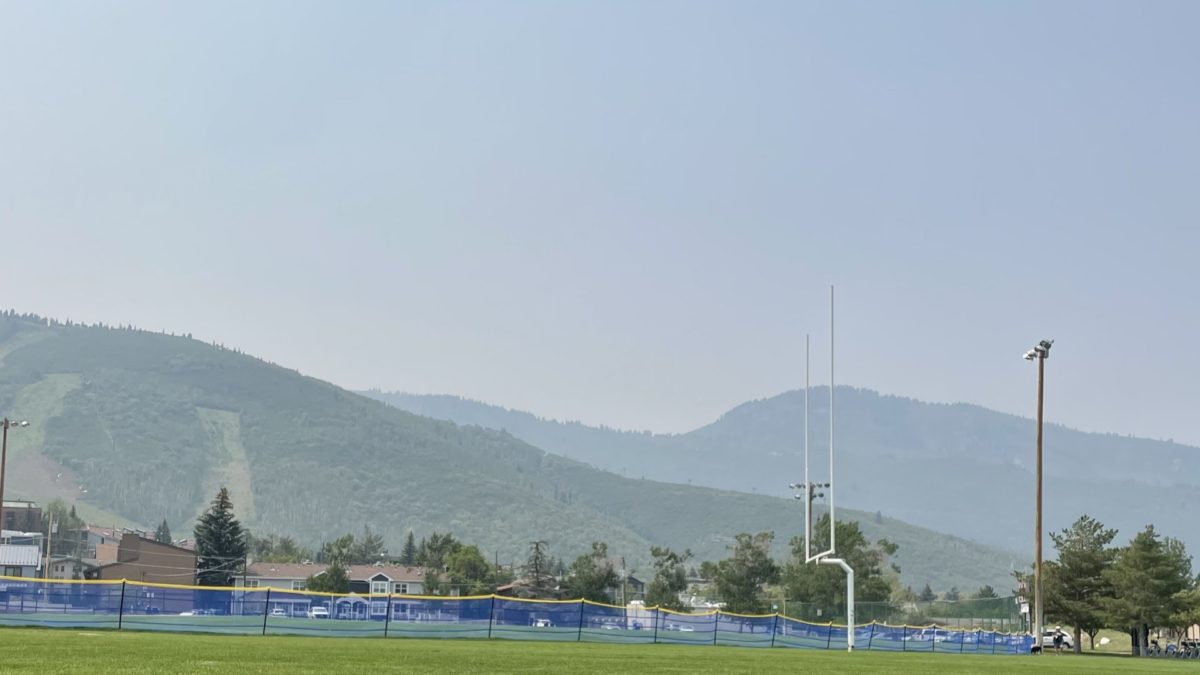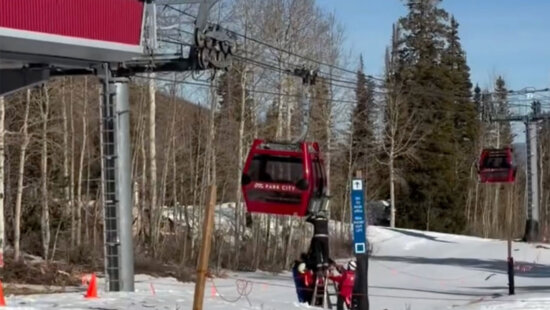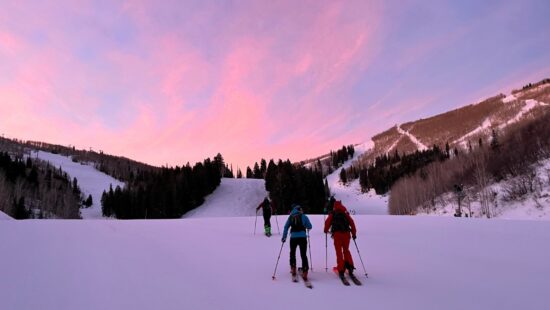News
Smoke unlikely to change for several days

Photo: Parker Malatesta
SALT LAKE CITY — Northern Utah “will see little change in the smoke,” according to the National Weather Service (NWS) office in Salt Lake City.
“Unfortunately, it looks like the smoke sticks around through at least midweek,” the NWS office said in a tweet.
Far southern Utah will see some decrease in the concentration of smoke my Monday afternoon, but northern and central Utah will see little change in the smoke. Unfortunately, it looks like the smoke sticks around through at least midweek. #utwx pic.twitter.com/9P4GckG9no
— NWS Salt Lake City (@NWSSaltLakeCity) August 8, 2021
The smoke will continue to keep air quality low and limit visibility.
The upcoming forecast this week of sun and highs in the eighties does not help.
“If it rains shortly after a fire, that smoke will have a very short journey,” writes Jillian Mock in Discover Magazine.
Smoke particles can hang around in the atmosphere for up to two to three weeks on average, Bob Yokelson, an atmospheric chemist at the University of Montana, told Mock.
“If blown toward a major city… the lower concentration of smoke particles can combine with existing pollution in that area to exacerbate poor air quality, he explains.”
The smoke derives from upstream fires in Northern California.
The Dixie Fire, outside of Chico, California became the state’s second-largest wildfire in history on Sunday. As of Sunday night, it is over 463,000 acres with 21 percent contained.
Park City’s air quality is currently moderate with an Air Quality Index (AQI) of 81.
Poor air quality is linked to spikes in multiple health issues, such as pneumonia, bronchitis, heart attacks, and stroke. It also increases the risk of viral infections, such as COVID-19, said Dr. Denitza Blagev, a pulmonary physician at Intermountain Healthcare.
To track local Air Quality Index and pollutants in real-time download the AirNow mobile app (iPhone & Android).



















